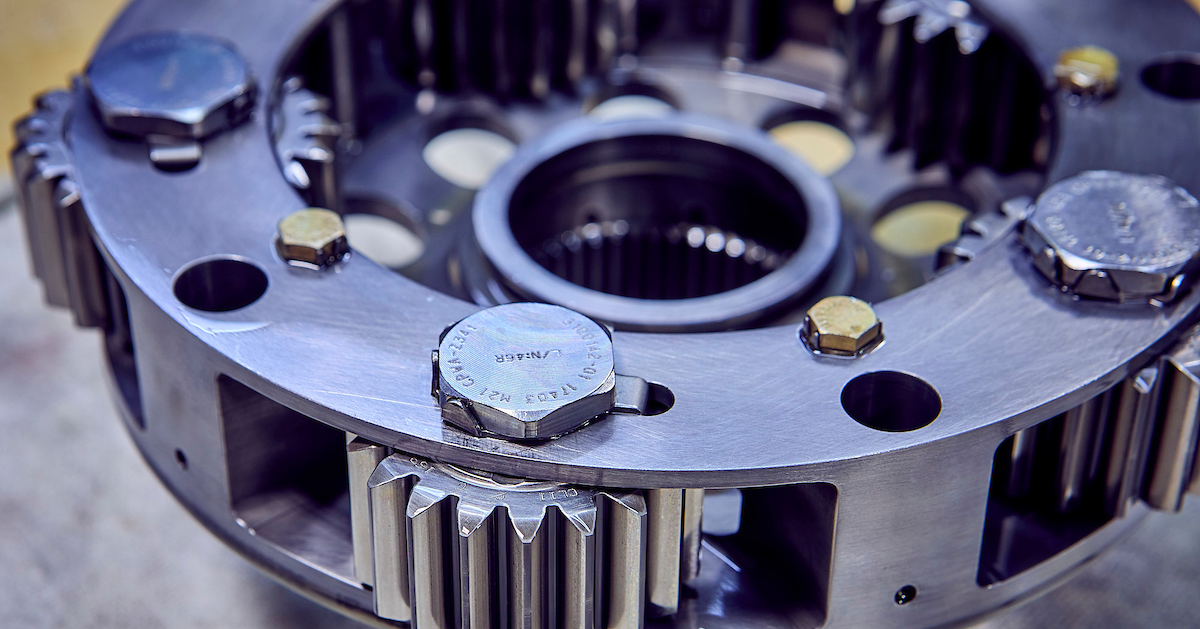For over 50 years, operators of various PT6 engine models have endured Hot Starts. In this article, we will talk about what a Hot Start is, how they occur, and the best practices to prevent Hot Starts from happening. Exceeding temperature limits during a turbine start can cause severe engine damage and cost over $100,000 for repair. Knowing exactly how to start the PT6 engine is critical.
A Hot Start occurs when there is not enough electrical energy to rotate the engine’s compressor section adequately to insure a clean light off. Electric energy also assists the starter-generator in acceleration of the compressor section to a sustained idle speed promptly. As the start sequence begins, the pilot hears and sees prop rotation, several gauges are important to monitor, however, the ITT (Interstage Turbine Temperature) gauge is an extremely important gauge to monitor. Observing the ITT gauge can help alert one to the fact that something might be occurring with the engine.
On the PT6 ITT gauge, whether the round gauges or the MVP-50T electronic gauge, there is higher limit for start above the redline. The ITT redline is set for operational limits, not starting limits. The operational red line is for use once the engine has started and reaches normal idle speed. Exceeding the operational ITT redline on a start is not considered a hot start, but a start exceeding optimal standards. When exceeding the operational red line on starts, corrective action should be taken to determine the cause and to ensure correct engine starting procedures are in place.
During the start, higher ITT limits above the redline are acceptable. Small PT6 engines can go to 1,090C for 2 seconds, however, any temperature over 1,090C for over two seconds is a Hot Start. Large PT6 engines can go to 1,000C for 5 seconds, any temperature over 1,000C for over 5 seconds is considered a Hot Start.
Anytime a Hot Start is observed, attention needs be taken to note the highest temperature reached and the duration of time above the redline. The temperature and duration are extremely important since charts in the PT6 maintenance manuals will determine the next course of action. The PT6 maintenance manuals have a chart with three levels for a Hot Start: Area A, Area B and Area C. For a start categorized as Area A, the action required is to trouble-shoot, correct the reason for the event, and make a logbook entry. If the Hot Start is classified as Area B, the engine will require an HSI (Hot Section Inspection). Area C is the most critical. Area C category requires the engine removal for inspection and servicing.
At the moment of light off, the engine temperature in the combustion area/compressor turbine guide vane area increases rapidly. The faster the starter can get the engine spooled up to low/ground idle, the faster it will allow a mass flow of air moving through the engine to eject the hot gases. A low battery will not allow the mass flow of air that is being combusted/heated to be ejected correctly. Batteries in excellent condition or a strong external power source can insure the rapidly rising hot air will get expelled swiftly. A fast start system can be used to provide faster/cooler starts and resulting in lower thermal stress in the hot section. A fast start system is especially useful on large PT6 engines.
The key to a successful cool start with a gas turbine engine is to have enough electrical current available to insure a strong cranking speed and a strong spark to facilitate a light off of the fuel being sprayed through the nozzles. In addition, this is also helpful to aid the starter in getting the engine Ng (gas generator rpm/speed) or N2 accelerated to a sustained low/ground idle condition.
For the PT6A series of engines, depending upon the engine model, typically 13% is given as the minimum cranking speed to introduce fuel for a start. Any time a start is initiated at low cranking speeds (12% – 13% Ng), the possibility of a hot start is much greater. It is on these low cranking speed starts that the ITT gauge should be monitored very closely.
A best practice for the cool starts is to let the batteries or start cart crank the Ng/N2 as high as possible, to at least 17% Ng or higher, before introducing fuel. The higher the cranking speed, typically produces a cooler start. The extra cranking speed will allow for more air flow through the hot section area, which leads to cooler starts.
High temperatures lingering in the hot section increases the chances parts may be exposed to harsh conditions. Higher temperature in the hot section area can cause Compressor Turbine (CT) blades to “creep” or stretch. Multiple Hot Starts, or an exceptionally high Hot Start can cause CT blade tips to contact the CT shroud segments, resulting in a rub and enlarged CT blade tip clearance. CT blade creep will lead to engine performance loss.
Higher than normal temperatures can also cause CTVR (Compressor Turbine Vane Ring) distress, by warping, cracking, and/or burning of the CTVR. A burned hole that is approximately the size of the tip of the rubber eraser found on pencils, will cause all the CT blades to be scrapped. The CT blades replacement is one the most expensive parts on an engine. Furthermore, downstream damage can also occur to the ITT thermocouples, as well as components in the Power Turbine section.
Severe over temp for extended period allows for the possibility of CT blade distress/fracturing. A fractured CT Blade can travel downstream, through the Power Turbines, and Power Turbine vanes causing tremendous damage along with loss of power.
Remember there’s a reason why the ITT gauge could easily be called the “money gauge.” On any start sequence, look for any deviation from what is normally seen. Follow the engine start checklist and do not attempt to start if rushed or distracted. It is simply not worth the risk to deviate from normal start procedures.



